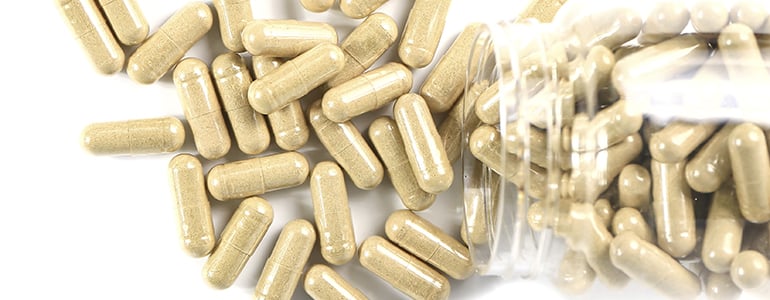What Industry Should Know About the New Best Practices Guidelines for Probiotics

15 Mar 2017
New industry guidelines will help reduce inconsistency and add clarity for consumers
Manufacturers of probiotics are presented with regulatory and marketing challenges unique to this product class due to the functional nature of these ingredients. In the United States, for example, probiotics intended for human consumption may be regulated as food or beverage ingredients (i.e., functional foods), dietary supplements, and/or drugs. Harmonized guidelines are not present across these different product categories or between other jurisdictions and therefore the labelling and marketing of products containing probiotics may often appear inconsistent and, at times, unclear to consumers...
Do the probiotics in my food stay active until the best before date?
Why are some products containing probiotics kept in the refrigerator while others are not?
What is the difference between amounts stated in milligrams or Colony Forming Units (CFUs) on a product label?
To help mitigate these issues and provide improved industry standardization for probiotic-containing dietary supplements and functional foods, The Council for Responsible Nutrition (CRN) and the International probiotics Association (IPA) collaborated to develop a guidance document for industry, Best Practices Guidelines for Probiotics, which was recently released in January 2017. These scientifically-based voluntary guidelines take into account the current U.S. laws and regulations; however, the scientific principles may apply to international regulatory paradigms. In these guidelines, 3 important topics with regards to dietary supplements and functional foods containing probiotics are addressed:
- labeling,
- stability testing, and
- storage recommendations
The main highlights include the requirement that the quantitative amount(s) of probiotics in a product be expressed on the label as Colony Forming Units (CFUs) and that the quantity labelled should be the amount at the end of shelf life, and not at the time of manufacture. As well, scientifically valid stability testing should be conducted under the same temperature as recommended for storage on the final product containing the probiotic.
These guidelines are a welcome tool for industry and consumers alike, as it encourages transparency and consistency across products containing probiotics. This allows for fair competition while consumers can rely on the information provided on the label of probiotic products that they purchase.
The CRN and IPA recommend that companies comply with these guidelines by January 9, 2018.
The regulation and marketing of probiotics in many jurisdictions can be complex, however, Intertek has helped industry navigate the requirements for pre-market approval, labeling, and health claims for over 30 years. Contact us today if you have any questions!
